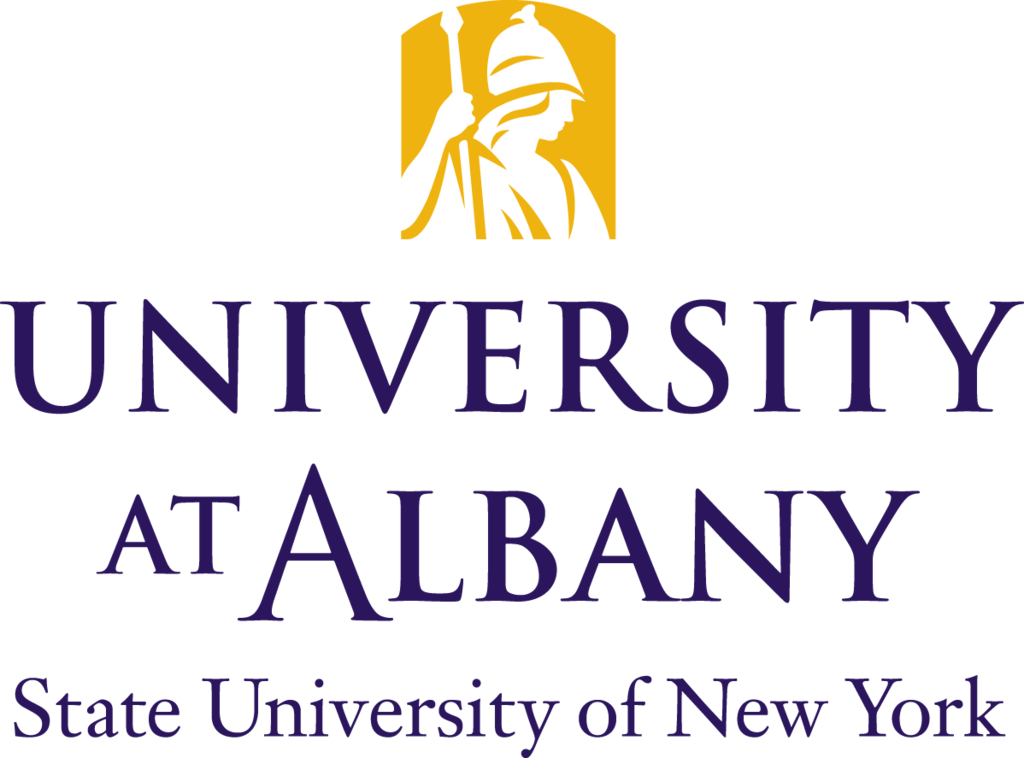ALBANY, N.Y. (Aug. 29, 2023) — Beyond the devasting human toll, the recent wildfires on the Hawaiian island of Maui also left behind a significant amount of property damage.
More than 2,200 structures are estimated to have been damaged or destroyed in the wildfires, according to the University of Hawaii's Pacific Disaster Center and the Federal Emergency Management Agency. Much of the devastation is centered around Lahaina, with estimates that 80 percent of the city is destroyed—including most residential homes.
Alex Greer, an associate professor at the University at Albany’s College of Emergency Preparedness, Homeland Security and Cybersecurity, studies hazard adjustments and the relocation decision-making process following disaster events.
He has a number of ongoing research projects, highlighted by a National Science Foundation (NSF) funded study exploring earthquake adjustment in Oklahoma, a Quick Response project studying buyouts in the wake of Hurricane Harvey, and most recently, another NSF project that is relying on insight from California wildfire victims to better understand the role of place attachment in residential adjustments.
“After losing their homes, wildfire survivors must decide how and where to rebuild. This decision is closely linked to, and has a large effect on, the survival of their communities and local businesses,” Greer said. “My team’s work around wildfires is focused on how household recovery choices and outcomes evolve, including how and where survivors rebuild.”
Greer said that while the Hawaiian wildfire event shares a lot of similarities with his ongoing studies, some unique elements will likely affect its recovery as well.
“We found in our work that place attachment, or the functional and emotional bonds people have with where they live, was a critical factor in how and where survivors rebuilt. In Lahaina, I’d expect that this will also be the case. Also, given the lawsuit Maui County filed against Hawaiian Electric, I expect that we will see many of the same concerns about blame and how we compensate survivors and their families come to the forefront of the discussion, as we saw in both the Paradise and Dixie Fires.
“A bit unique to this fire, we are already seeing concerns about gentrification, displacement and land dispossession in a region with some of the nation’s largest disparities between incomes and property values.”
Greer is available to offer more insight via phone or live/recorded interviews. UAlbany has an on-campus television studio available for remote interviews.
About the University at Albany:
The University at Albany is one of the most diverse public research institutions in the nation and a national leader in edmn5ucational equity and social mobility. As a Carnegie-classified R1 institution, UAlbany faculty and students are advancing our understanding of the world fields such as artificial intelligence, atmospheric and environmental sciences, business, education, public health, social sciences, criminal justice, humanities, emergency preparedness, engineering, public administration, and social welfare. Our courses are taught by an accomplished roster of faculty experts with student success at the center of everything we do. Through our parallel commitments to academic excellence, scientific discovery and service to community, UAlbany molds bright, curious and engaged leaders and launches great careers.
###
